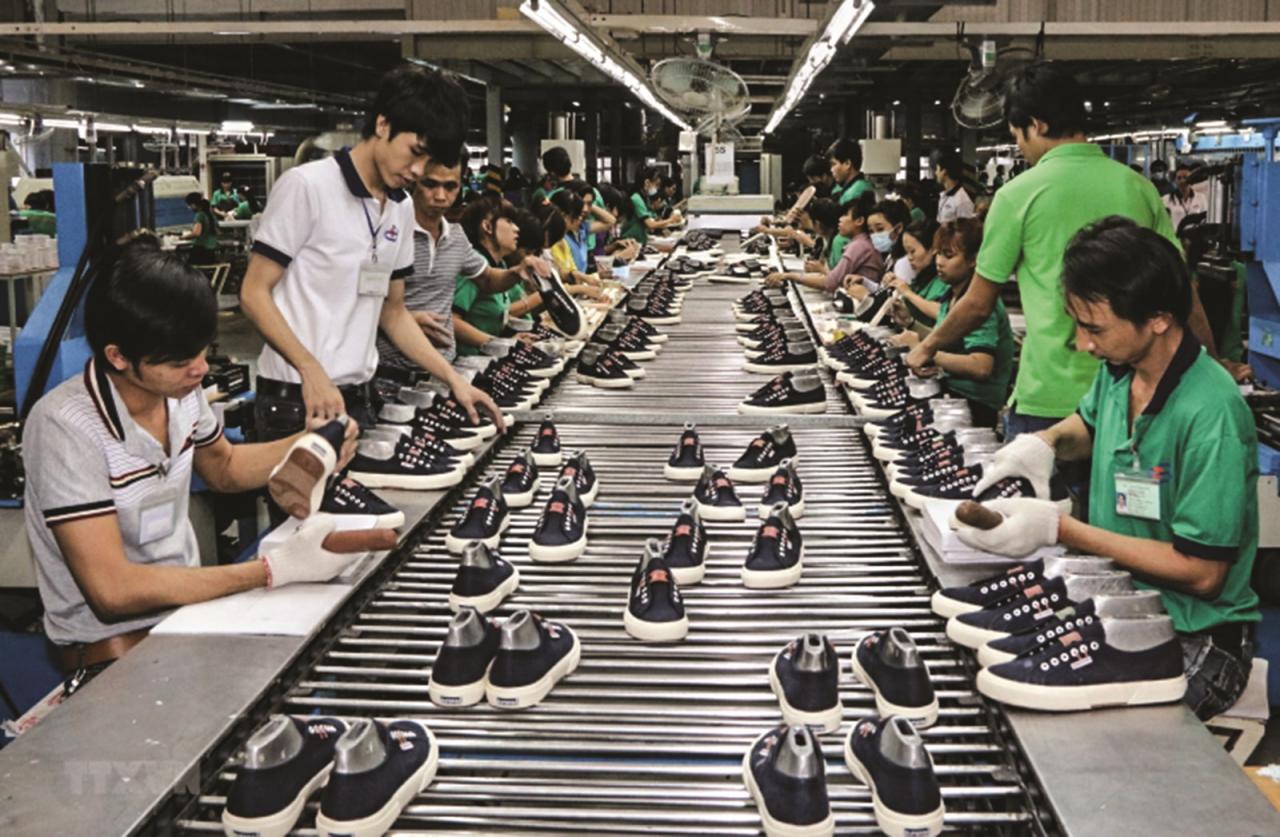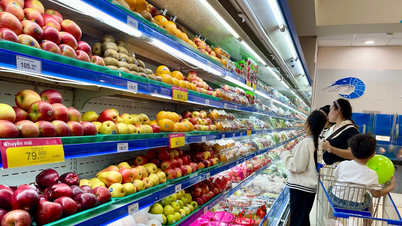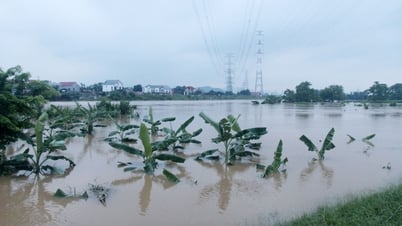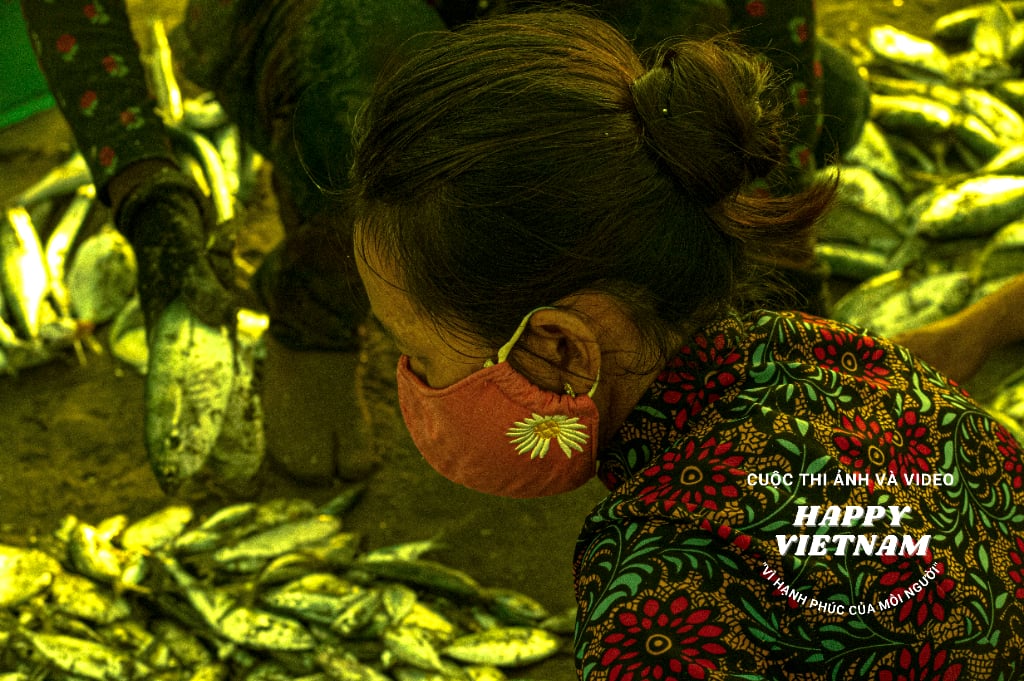Among the 80 current export markets, Canada is Vietnam's leading export market, of which footwear is the most exported product. According to Trade Counselor Tran Thu Quynh, footwear exports to Canada have doubled since the CPTPP came into effect. Vietnam can expect to export this product to Canada to reach a turnover of billions of USD.
At the July 2023 Trade Promotion Conference with the Vietnamese Trade Office System Abroad organized by the Ministry of Industry and Trade on the afternoon of July 31, Vietnamese Trade Counselor in Canada Tran Thu Quynh said that the Canadian market size for leather and footwear products is quite stable with an average annual import volume of over 3 billion USD. In terms of absolute value, in 2022, Vietnam ranked second in leather and footwear import turnover with 832 million USD (after China).

Among the 80 current export markets, Canada is Vietnam's leading export market, in which footwear is the most exported product. Photo: Internet
In the period 2018 - 2022, the growth rate of Vietnam's leather and footwear exports to Canada reached 72%, raising Vietnam's market share of leather and footwear products in Canada in 2022 to 26.5% (while China's decreased to 34.7%). In the first 5 months of 2023, Vietnam accounted for 27% of Canada's leather and footwear import market share, equivalent to 433 million USD. According to statistics, since CPTPP took effect until 2022, Vietnam's leather and footwear export turnover to Canada has nearly doubled and with the growth rate in the first 5 months of 2023, it can be expected that Vietnam's leather and footwear will become the next billion-dollar export item to Canada... Canada is considered a potential market because it has a population of 38.83 million and a stable immigration rate of 400,000 people/year. Canada is also in the top 5 countries with the highest footwear consumption in the world, partly because this country has about 12 million consumers aged 35 - 44, the age group that consumes the most fashion products, leather handbags, and footwear. It is forecasted that this trend will continue, ensuring stable growth in demand for the Canadian market. However, besides the advantages, Vietnam currently does not have a bilateral trade agreement with Canada. Meanwhile, Canada is directing its trade to the South American economic bloc, including Mexico, Ecuador, and Chile, which are countries with bilateral FTAs with Canada. On the other hand, Canada currently maintains a low exchange rate to facilitate exports, which makes Vietnamese goods less competitive when they are expensive in the area. Currently, Canadian consumers are also interested in certificates confirming green, sustainable production processes, Eco-labeled products, material certification (GOLS, FSC, etc.) and product recyclability. In order for the growth rate of footwear exports from Vietnam to Canada to develop sustainably as well as expand market share, Ms. Quynh believes that Vietnamese enterprises need to soon transform towards building their own brands.
According to statistics, from the time CPTPP took effect until 2022, Vietnam's footwear export turnover to Canada has nearly doubled and with the growth rate in the first 5 months of 2023, it can be expected that Vietnam's footwear will become the next billion-dollar export item to Canada... Photo: Internet
Although in the same segment, Vietnam is quite weak in terms of complete supply chain for the industry compared to its competitors. Specifically, India and Bangladesh have strengths in leather and synthetic materials. Indonesia has strengths in leather shoes, rubber, wood, and synthetic fibers. According to Trade Counselor Tran Thu Quynh: "The strategy of increasing turnover based on processing orders and relying on the mid-range market segment is difficult to implement because Vietnam does not have many competitive advantages..." In the high-end segment, Canadian domestic manufacturers continue to hold a stable market share. In this segment, Vietnam is unlikely to be able to surpass competitors such as Italy, Spain, Portugal, Germany, etc. These are countries with a tradition of tanning and supporting industries to produce high-end products (locks, zips, fur, etc.). Therefore, Vietnam's own brand production needs to target the low-middle income segment of young people (those who are ready to consume). Vietnamese enterprises can also consider specializing in special footwear, protective footwear, industrial uniform shoes (mine shoes, fire-fighting shoes, woodworking shoes, etc.). From there, they can have their own reputable market and brand, avoiding dependence on processing orders and partner conditions because Vietnam will soon no longer have an advantage in labor costs. At the same time, it is also necessary to pay attention to standardizing and innovating production processes, preparing towards automation, reducing labor content in production to improve competitiveness, actively participating in international fairs and exhibitions because this is both an opportunity to work with importers and an opportunity to participate in the segment of fashion shoes, handbags, beachwear, children's shoes and indoor shoes, etc.Bich Huong




![[Photo] Prime Minister Pham Minh Chinh holds meeting to launch exhibition of national achievements to celebrate 80th National Day](https://vphoto.vietnam.vn/thumb/1200x675/vietnam/resource/IMAGE/2025/6/23/0c0c37481bc64a9ab31b887dcff81e40)


![[Photo] Prime Minister Pham Minh Chinh chairs the national online conference on combating smuggling, production and trade of counterfeit goods.](https://vphoto.vietnam.vn/thumb/1200x675/vietnam/resource/IMAGE/2025/6/23/4a682a11bb5c47d5ba84d8c5037df029)


















![[Photo] Party Congress of the Central Internal Affairs Commission for the 2025-2030 term](https://vphoto.vietnam.vn/thumb/1200x675/vietnam/resource/IMAGE/2025/6/23/5bf03821e6dd461d9ba2fd0c9a08037b)









































































Comment (0)